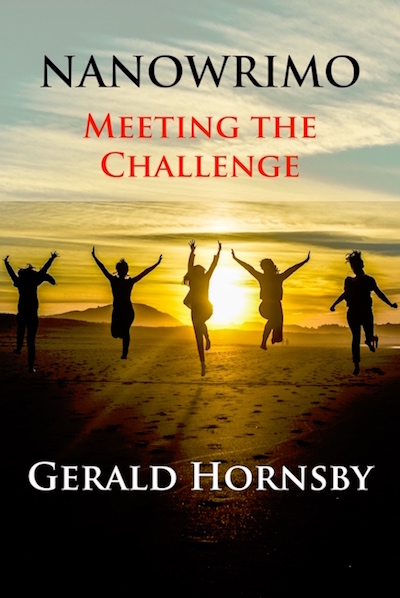Over the years, I have listened to many authors speaking on their process. It’s always interesting to hear how “the professionals” do it. I remember one author (whose name I have genuinely forgotten) who told a group of aspiring writers that during the editing process, he rewrote his completed manuscripts at least 10 times.
I thought I had misheard.
But no – he wrote, and rewrote, his whole manuscript for each novel at least 10 times.
At the time, I hadn’t published any novels, and I was keen to hear other people’s methodologies. But ten complete rewrites sounded completely bonkers to me. Surely, there was a better, more time-efficient, way?
Indeed there was.
I use a number of tools to help me plan my novels, and these tools ensure that I need to do a maximum of 3 full-manuscript edits. Not rewrites. Edits. My first drafts don’t need developmental or story edits. The stories come out pretty clean, but the manuscripts usually need some tidying up to tell those stories better.
Before I start, I must make one thing clear – this is my process. It may not work for you, or you may think it’s too predictable. But for me, two things make it essential:
1) It works well for a plot-driven story, such as my cozy crime series
2) I cannot hold the full plot of my novels in my head. I just can’t. I need to break things down – from a single sentence describing the story, adding more detail and building out the story, eventually down to having a few sentences describing individual scenes. I can then write the scene as I picture it in my head, with various backstories and red herrings floating around that scene image.
START
I begin with an idea. Writing books in a series makes things a little more straightforward – you know your setting / location, and you know your main characters. So, for NaNo2023, my idea is: “What if someone died in a nature reserve?” My setting is a small Suffolk seaside village, which happens to have a nature reserve with a bit of a dark history to it. Allegedly.
Immediately, I have questions. Who is this person? How did they die? Why did they die?
My mind starts churning over these questions, and as I settle on an answer, I try to fill in bits of the story which surround them. When I think I’ve got something which might work up into a complete novel, I begin using my first writing tool – The Snowflake Method. You can find about it, and the man who invented it, at:
There’s also a good detailed description with plenty of examples here:
https://bubblecow.com/blog/snowflake-method
So for NaNo2023, I created a Single Sentence Summary (which is more of a question, to be honest):
Can a local café owner, a one-time crime scene investigator, solve a mysterious death of a resident in the local nature reserve?
And from that, I then create a two-sentence premise:
Emma Stafford’s café, Coffee by Emma, is doing well, and they have fall but forgotten the investigation which helped the police solve the murder of a local publican, a couple of months before. But when a local conspiracy theorist is found dead in a local nature reserve, something about the death seems odd to Emma, and another investigation is under way.
It’s not brilliant, I know, and the Snowflake Method advises spending some time getting the right initial statements.
I then want to create four paragraphs, which describe the story in more detail. I find it useful to begin to inject some structure into my work. My four paragraphs lend themselves to being descriptions of four acts. “What?” you ask. “I thought there were three acts to a drama!”
Indeed. But Act 2, the middle act, is twice the size of Acts 1 and 3. And right in the middle of Act 2 is the Midpoint, a very important pivot point for the story. So I create four acts, all the same size: Act 1, Act 2A, Act 2B, and Act 3. Three acts, four acts, it’s the same.
If it helps, imagine the acts fulfil the following functions in one of my crime stories:
Act 1 – opening before investigation, setup, initial enquiries, decision to progress
Act 2A – maybe side story (love interest?), detailed investigation, first obstacle,
Act 2B – the investigation gets more difficult, MC suffers biggest obstacle, things look bad, oh – hang on…
Act 3 – new impetus, new ideas, closing in on the culprit, knocking red herrings aside, final disclosure, rounding up.
In my next post, I will continue the description of my planning process, showing some of the worksheets I use to help me in the process. If you’re competing in NaNoWriMo 2023, I have written a book, full of tips, hints and tricks to help you through the process to a successful conclusion.
